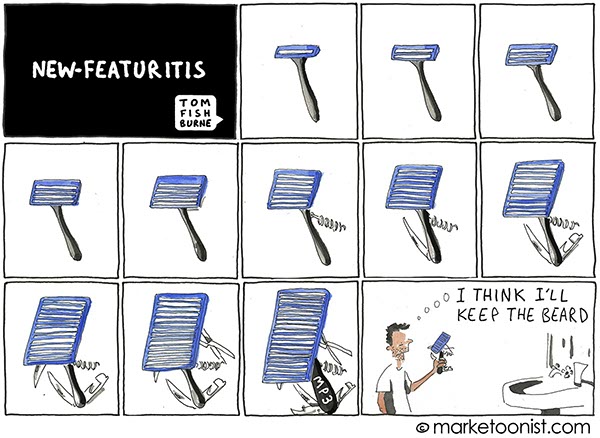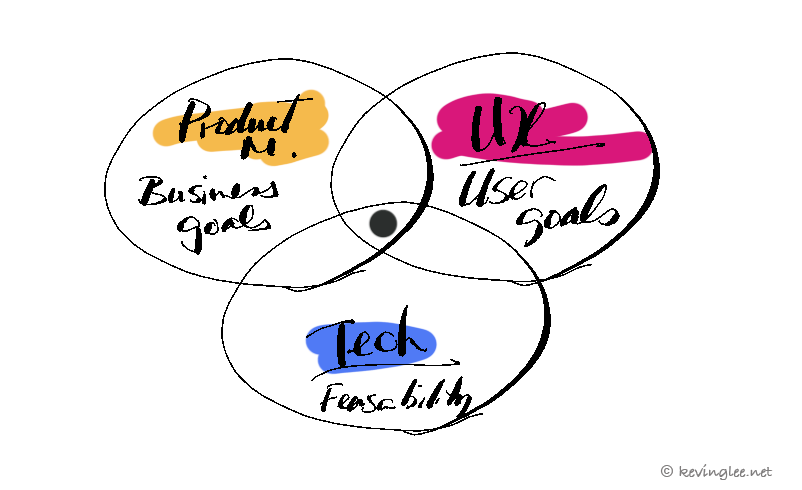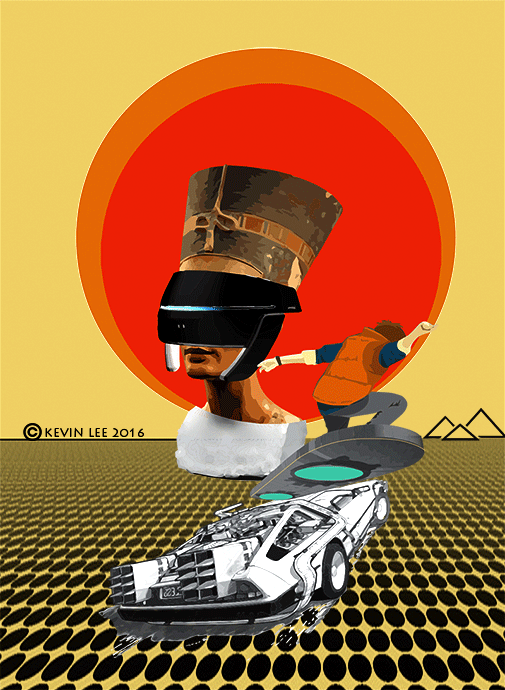
Recently Barcelona (Spain) had hosted the annual Mobile World Congress where Mark Zukerburg was the guest speaker. The latest buzz with tech giants including Facebook was the Virtual Reality (VR) being integrated in their customers’ immersive experience and how this is just “around the corner” from today. Yes, the same VR technology that we were excited about 20 years ago but imagine it widely used in social media platforms and be highly accessible. Not all dissimilar to what Back to the Future 2’s Marty McFly Jr. in the kitchen scene (remember that?).
Some weeks passed since and I had come across an article where a pair of artists had secretly (and daringly) 3D scanned the Nefertiti’s bust from a Germany’s national museum, afterwards they were able to print a high-quality copy of it in their studio with a 3D printer. They scanned it from a portable device and actually got away with it under the eyes of the museum guards! If you tie these advent of technologies together, one can think actually “how hard can it be to create a 3D environment myself? and even print it in reality if I liked it enough?” Good question- let’s find out shall we?
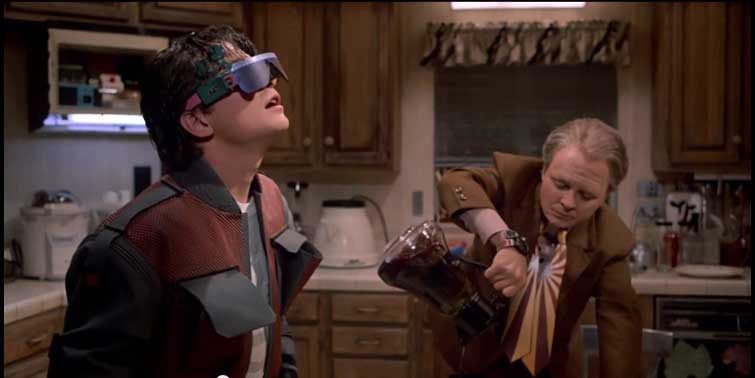
Scanning 3D data from your mobile device
The 2 artists used a concealed scanning device — a modified version of the Kinect, a motion sensor developed by Microsoft for the Xbox 360 that can be purchased for around $100 — underneath a blue cashmere scarf, circling and scanning the artifact whenever the guards weren’t watching. Incredible. After using the 1st copy (the bust of Queen Nefertiti) for their art installations & video, they then buried it in the desert near the Nile River as a cultural/political statement of returning cultural artifacts to its rightful land. They went further by painting over the 2nd copy like the original artifact and have donated that to a museum in Cairo. They’ve shared the 3D data in the web world under the Creative Commons license and today anyone can download them via a torrent today for free. All of this sounded exciting and very cool so I’ve looked at what’s out there. For mobility there’s a KickStarter project for an iPad attachment called Structure where you can scan a full room & objects inside it. The price for it starts from $US 380.
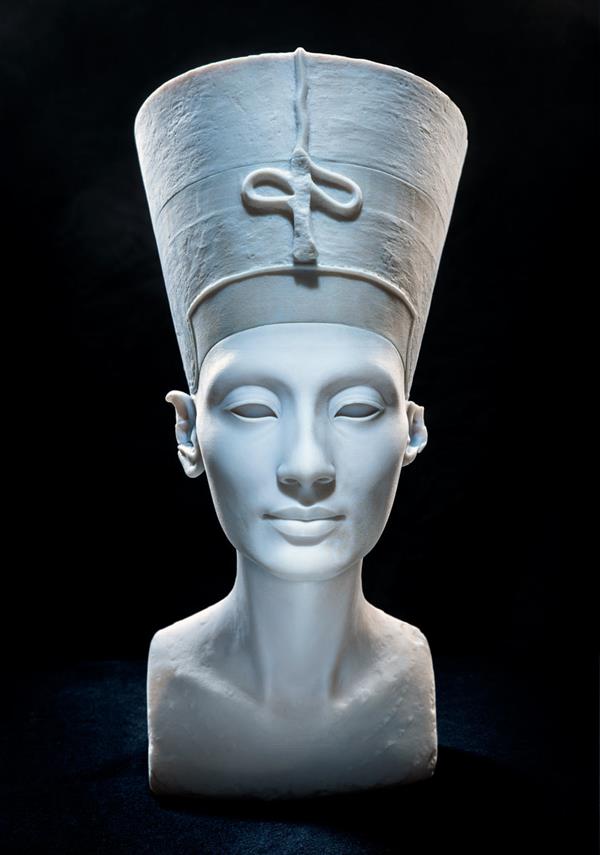
Facebook’s phase 1 – start with Gaming & 360
Coming back to Facebook—Mr. Zuckerberg and his newly acquired VR firm (Oculus) are more focused on the 360 degrees video experience. “An important part of the Oculus experience is 360 videos, where you can look around and feel like you’re actually in the video — whether that means surfing in Tahiti, flying with the Blue Angels, or exploring the surface of Mars,” Zuckerberg said. Samsung also announced its Gear 360, a 360-degree camera that will help capture environments for VR recordings. Their immediate focus is to serve the gaming industry in the initial years which makes sense but I feel strongly that the “stickiness factor” will be higher when people are able to customize 3D artifacts & convert real life objects into 3D and import them into VR.
Scan > Customize > Share > Consume
This ability to pull the scanned object or space into the new digital space we create ourselves, wouldn’t that be cool? Instead of the pre-produced immersive environments for gaming, how about letting us customize it with our own things? Once 3D data is mapped and digitized, we’d need an intuitive & easy app to manipulate this. These days, an everyday mobile user applies filters and funks up photos in Instagram or its type of apps (not long ago it was for reserved for the privileged people who had Photoshop on their PCs). Imagine applying the same approach to the 3D realm where you NOT need to operate 3D Max Studio or Cinema 4D which costs thousands of dollars to own. How about an app where we can scan & play with a 3D object as we do with photos in Instagram? Or warp & twist it to be something fun like many of the apps do with photos?
No hover-boards exists today BUT…
The foreseeable future of merging 3D with the VR tech and being able to manipulate it—I believe that there’s a big ripe market for this in apps. We can also imagine that over the next 5-7 years will be interesting for these types of apps while the usability & easy of use would determine their popularity. Zuckerberg stresses that the technology of 5G is critical in delivering the volume of rich content while the target for it is 2019 in Seoul and Tokyo, it will probably reach the rest of the world a year or two from that time-period as a standard way to consume data on our smart-phones. In the movie BTTF2, Marty traveled forward in time to 2015 (from 1985) and found a world of hover-boards and flying cars. Our world didn’t come even to close to having that technology although in the case for 3D & VR, YES we have them! We are only about 5-6 years off from the movie.
